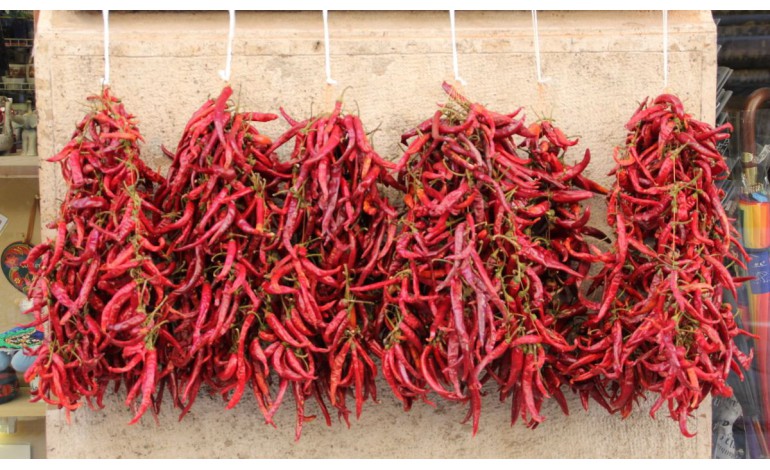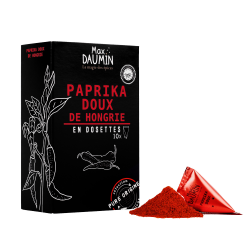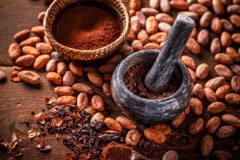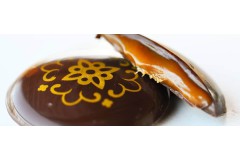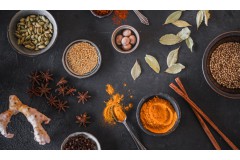Did you know? Only the protected original paprika of Szeged (Hungary), Kalocsa (Hungary) or Zitava (Slovakia) can carry the Paprika name. The word paprika is also derived from the Serbian "Paprena" which signifies "the one who stings"; And "Paprena" is of etymological origin "Piper" simply meaning "pepper".
The paprika became world famous by the studies carried out on vitamin C by Albert Szent-Györgyi. In 1937, he received the Nobel Prize in Medicine "for his discoveries linked to chemical combustion processes, with a special mention to vitamin C and catalysis of fumaric acid. Its subject of study, the paprika, available in quantity in Szeged, made this spice used today used today in the world.
Paprika is a pepper. It is available according to its spice (from sweet to strong) and also according to its shape, its color. You could almost say that the sweet paprika is a pepper when it is soft.
The plant is seventy to seventy cm, with small elegant brilliant green leaves, giving five to ten fruit per feet. The spice is simply this pepper or pepper. It is picked up at maturity from the end of August-early September. It is then placed on clay for a fortnight to increase its shade. It is then completely dried. It will then be transformed into powder. Fragile spice, its perfumes disappear very quickly as soon as it is crushed.
Like all peppers, the paprika is first from Central America. Brought by Christopher Columbus in Europe, it was introduced in Hungary in the 17th century by the Ottoman Empire during its various territorial conquests.
It was the famous cook Georges Auguste Escoffier who introduced him in 1879, to the Grand Hotel de Monte-Carlo, from Paprika from Szeged along the Tisza river.
He concocted a chicken with paprika and a Hungarian goulasch which became very renowned, winning several awards. In 1900 at the Paris Universal Exhibition, the Hungarian goulas became very popular.
Here is the chicken recipe with Auguste Escoffier paprika that we have slightly modernized for the dosage of paprika j
Hungarian sautéed chicken or Paprika chicken by Auguste Escoffier:
"make the butter chicken stiff with a chopped half-nion and a paprika pod. When the onion begins to color lightly, add 3 peeled and minced tomatoes; finish baking the whole set.
Place the chicken in the middle of a pilaw rice border with crushed tomatoes. Add a deciliter of cream to the tomato garnish, reduce half. Go to the cheese and pour on the chicken pieces without putting on the border "
Culinary guide, Auguste Escoffier, 1903.
Good tasting,
max Daumin
